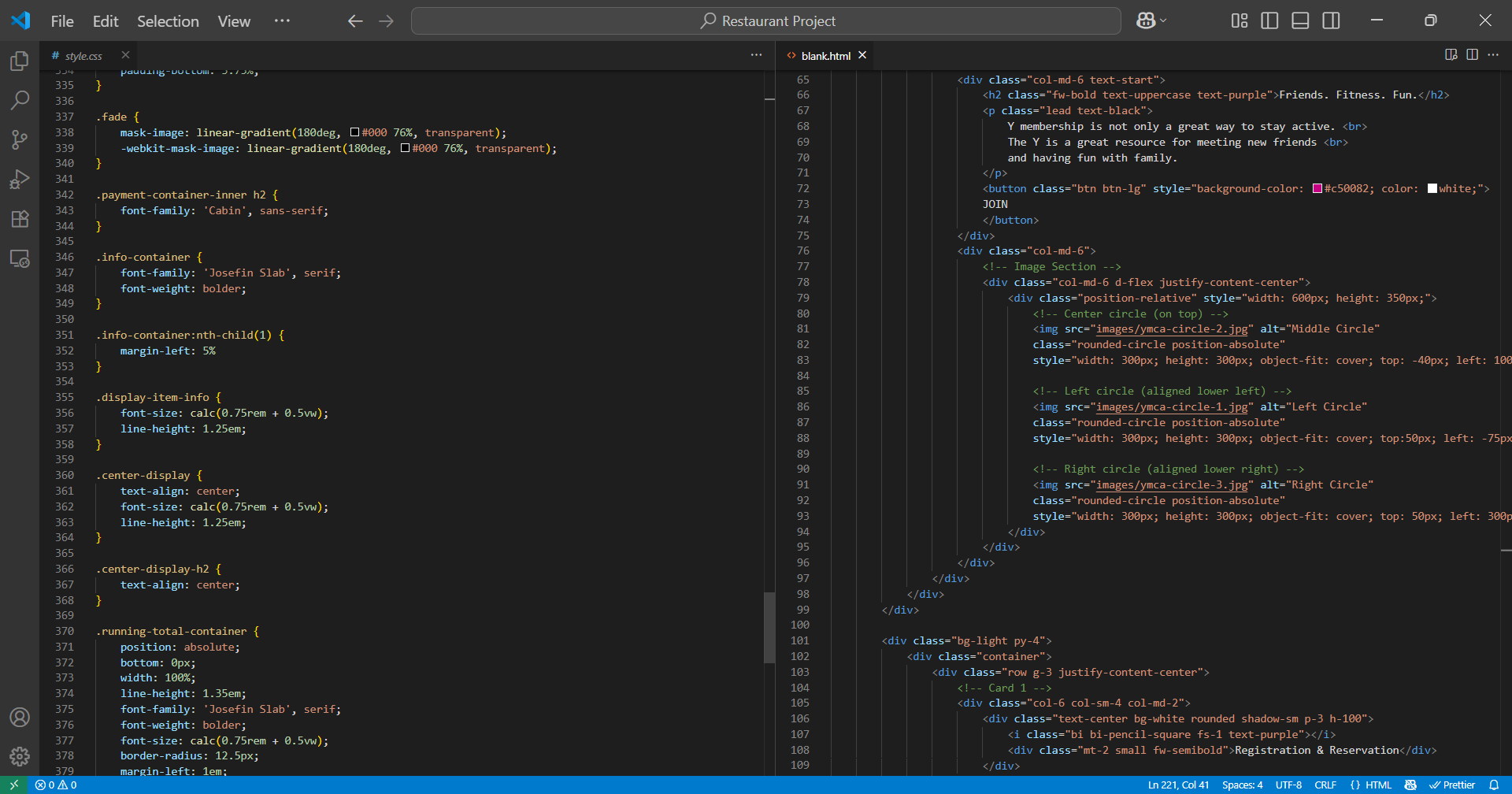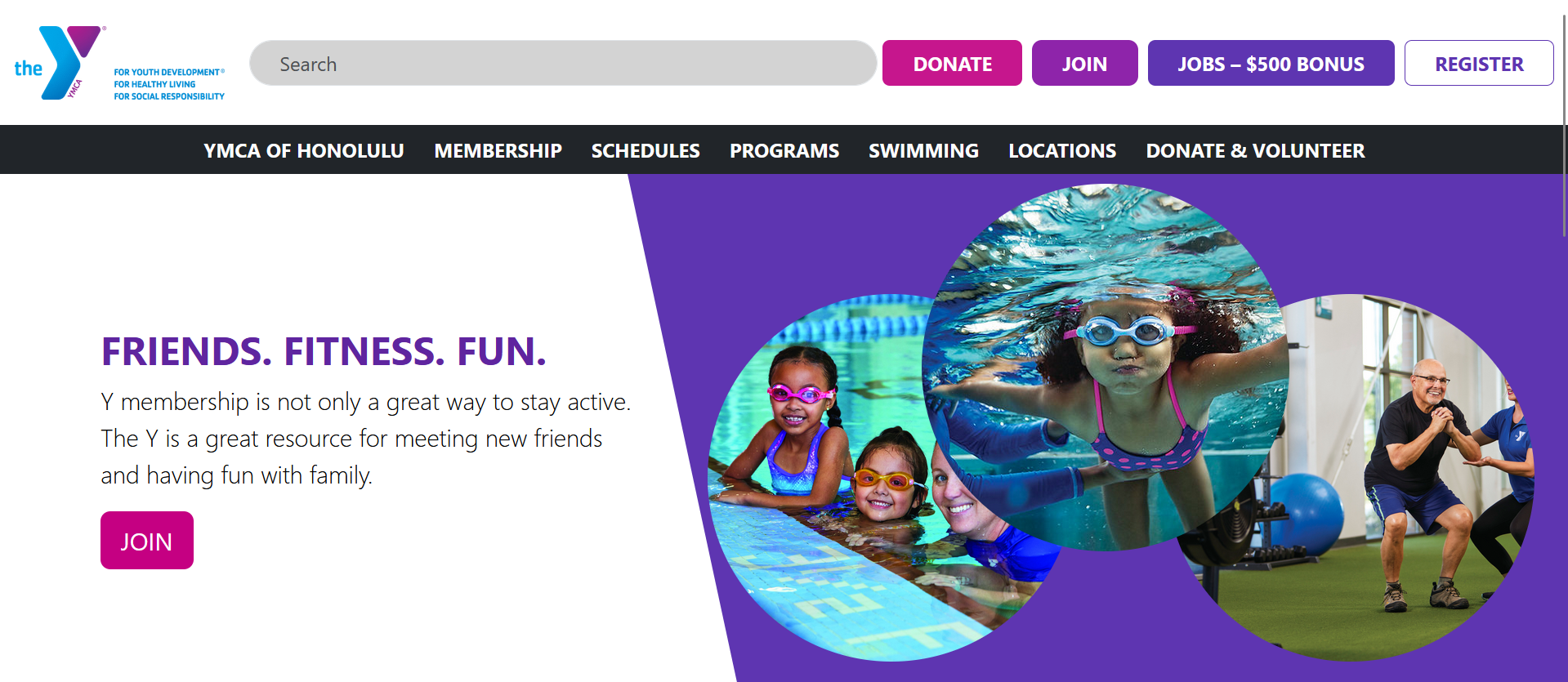Why I Learned to Love Bootstrap 5
06 Jul 2025
My First Impressions
Before this summer, I thought CSS was the only tool I needed to build stylish websites. While that’s technically true, it’s also incredibly time-consuming. When I was first introduced to Bootstrap 5, I was hesitant. It felt like learning another language—one filled with mysterious classes like container-fluid, row, and col-md-6.
But after just a few WODs, I started to understand the value: Bootstrap doesn’t replace CSS—it accelerates it.
What You Get for the Frustration
Learning Bootstrap isn’t easy. There are a lot of classes and components. At first, I spent more time Googling than coding. But once I got past that learning curve, I realized something powerful: Bootstrap 5 gives you structure and speed.
I was able to quickly build navbars, dropdowns, cards, and responsive grids without writing dozens of lines of custom CSS. Instead of worrying about flexbox or pixel-perfect alignment, I could focus on layout and content.
Bootstrap + CSS: Better Together
While Bootstrap makes basic design and layout much faster, its utility classes are sometimes limiting. For example:
- The default color palette is limited (e.g.
text-primary,bg-warning) - Custom animations or precise spacing still require hand-written CSS
This is why I found combining both tools to be ideal. Bootstrap provided the framework for layout and responsiveness. CSS filled in the gaps—adding shadows, animations, and custom colors that Bootstrap couldn’t handle on its own.
An Example from Experience
When I recreated the YMCA Honolulu website using Bootstrap 5, I faced challenges:
- The navigation bar needed custom spacing and font tweaks.
- The overlapping circular images in the hero section required precise positioning and custom CSS.
But Bootstrap gave me a head start. The grid system made the layout responsive without media queries. The btn and navbar classes saved hours of styling.

Why Use UI Frameworks At All?
Could I have done all this with just HTML and CSS? Absolutely. But it would have taken much longer—and probably looked worse. UI Frameworks like Bootstrap promote:
- Consistency – Buttons, forms, and cards all share a polished aesthetic
- Responsiveness – Mobile-friendly layouts come baked in
- Productivity – You build faster and with fewer bugs
For software engineering, this matters. Teams can collaborate better when they use a shared design language. Bootstrap also aligns with DRY principles: Don’t Repeat Yourself in style rules when pre-built classes exist.
Final Thoughts
At first, I thought Bootstrap was “cheating”—a shortcut for lazy developers. Now I see it differently. Bootstrap 5 is a tool that makes front-end development accessible and scalable. It’s not a replacement for CSS—it’s a power-up.
Would I use it again? Absolutely.
Will I still write custom CSS? Definitely.
But now, I choose the right tool for the job—and that’s the lesson Bootstrap 5 taught me.